Four models of heat resistant conveyor belts
Heat resistant conveyor belt: heat resistant conveyor belt is a special conveyor belt used in high temperature environments. Its main structure consists of a high-temperature combustion layer, a transition layer, an organic thermal insulation layer, a strength layer and a heat resistant layer. Mainly used in metallurgy, construction and other industries, transportation and sintering, coke, cement clinker and other high-temperature materials, the material temperature does not exceed 800 ℃, and the belt surface temperature does not exceed 220 ℃. The covering layer is made of high-temperature resistant canvas as the skeleton material, with a unique formula design. It has the characteristics of light belt body, long service life, about 2 to 4 times, and good heat resistance.
Features: The coated adhesive produces a microporous carbonized layer at high temperatures, which can resist combustion, prevent further heat transfer to the belt body, and reduce the inner strength of the belt body. During the operation of the belt body, small irregular cracks are formed in the carbonized layer, so that the belt body has a cooling effect.
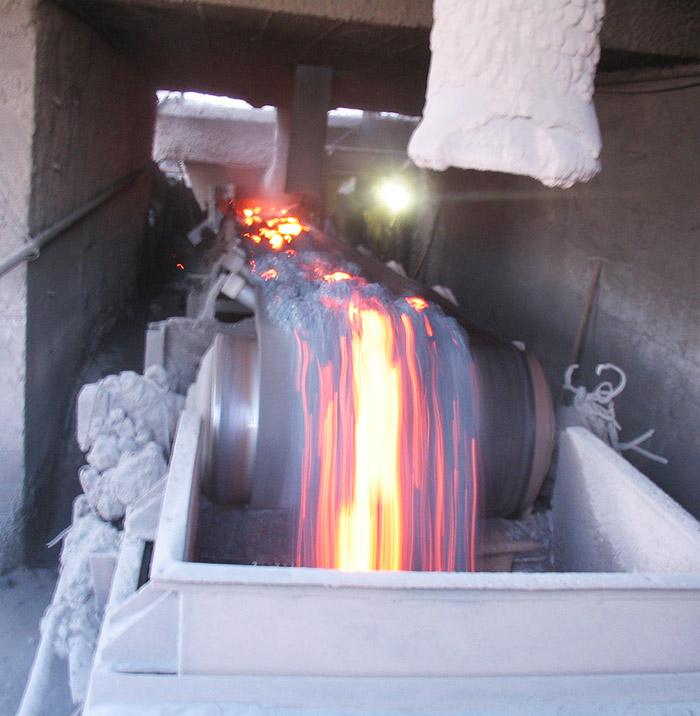
The heat resistant conveyor belt mainly conveys high-temperature materials such as sintering, hot coke, cement clinker, and hot castings. It uses EPDM or SBR as the covering rubber, and uses high-strength, high-permeability poly Ester canvas or cotton canvas is used as the strength layer. Heat resistance and different heat resistance grades. heat resistant glass cloth can be added between the cover rubber and the skeleton layer to increase the heat resistant service life. Can be made into endless belts according to user requirements. The heat resistant conveyor belt is made of multilayer rubber cotton canvas (polyester cotton cloth) covered with heat resistant or heat resistant rubber and bonded by high-temperature vulcanization. It is suitable for conveying hot coke, cement, slag and hot castings below 175℃.
heat resistant conveyor belts are divided into ordinary heat resistant conveyor belts and strong heat resistant conveyor belts. The strength layer of the ordinary heat resistant belt is polyester cotton canvas (CC56), and the strength layer of the strong heat resistant belt is EP (specifically, it is divided into EP100 type and EP150 type. , EP200, EP250, EP300, EP350, EP400, etc.). The heat resistant conveyor belt is made of multi-layer rubber cotton canvas (poly-cotton cloth) or polyester canvas covered with high-temperature or heat resistant rubber and bonded together by high-temperature vulcanization. It is suitable for conveying hot coke, cement, and slag below 175°C. And hot castings, etc.
Today, let’s introduce four models of heat resistant conveyor belts:
Additional resources:What are the benefits of corrugated tubing?
How to choose the best neoprene rubber bellows?
The Lowdown on HDPE Pipe Prices in Kenya
What is the international standard of a hydraulic hose?
Top 10 Plastic Engineering Products for Sustainable Living
Is PVC Polyethylene Toxic? Understanding the Differences
Top Germany Hydraulic Hose Quotes – Standard Selection
Type I: Can withstand test temperature not greater than 100°C, maximum short-time operating temperature 150°C, code T1.
Type Ⅱ: It can withstand the test temperature of not more than 125℃, the highest short-time operating temperature is 170℃, and the code is T2.
Type Ⅲ: It can withstand the test temperature of not more than 150℃, the highest short-time operating temperature is 200℃, and the code is T3.
Type IV: Can withstand test temperature not greater than 175℃, maximum short-time operating temperature 250℃, code T4.
Ultimate Guide to Different Types of Hoses
The Efficiency and Environmental Benefits of Plastic Crusher Machines
PP Plastic Sheets: Revolutionizing Industries with Versatility and Sustainability
PP Tarpaulin: The Versatile and Reliable Protective Covering
Common Applications of Silicone Valves
What are custom seal and rubber products?
How Do I Choose The Proper Plastic Materials?
Related Articles

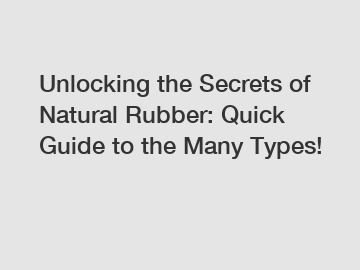
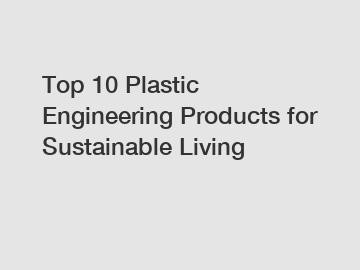
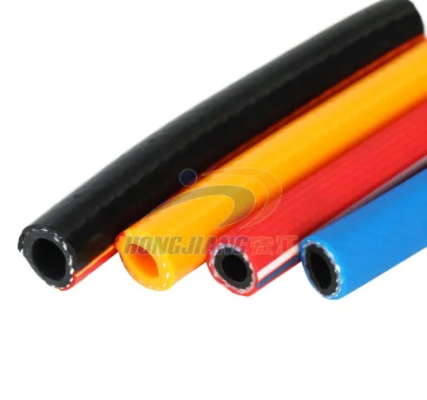

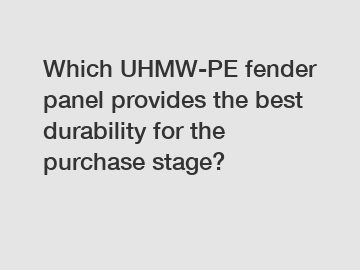
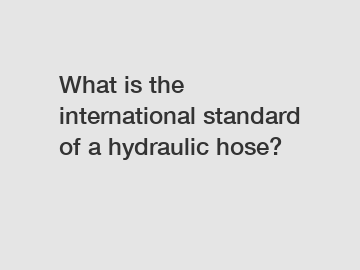

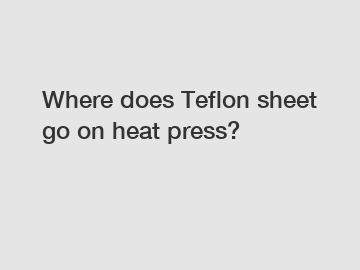
Comments